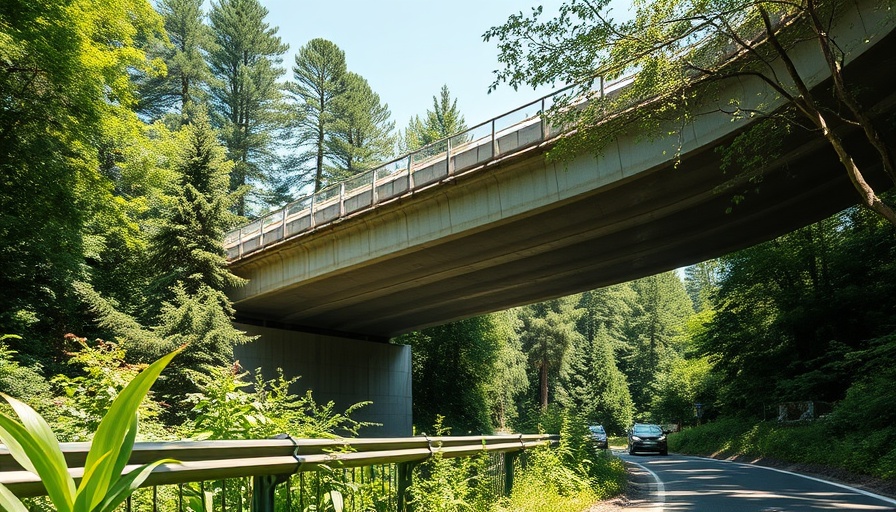
Understanding the Need for Amphibian Protection
Amphibians, including frogs and salamanders, are crucial to the health of our ecosystems. As the planet faces increasing threats from climate change, habitat loss, and pollution, these sensitive species need our attention more than ever. In the United States, roads act as significant barriers for these creatures, leading to enormous casualties as they attempt to migrate and breed.
Successful Solutions: Wildlife Underpasses
A recent study led by the University of Vermont has shown that the strategic implementation of wildlife underpasses can dramatically decrease amphibian road deaths by more than 80%. This groundbreaking research involved years of data collection, examining amphibian mortality rates before and after the construction of underpass tunnels in Monkton, Vermont.
These tunnels were specifically designed to cater to the unique movements of frogs and salamanders. Despite the initial skepticism surrounding their potential effectiveness, the study revealed a remarkable rate of success. The mortality rate significantly dropped, with a staggering 94% decrease in certain areas where climbing amphibians like spring peeper frogs were considered.
The Role of Ecosystems in Biodiversity
Beyond their ecological significance, amphibians act as indicators of environmental health. Their vulnerability highlights broader issues, including pollution from microplastics and habitat degradation, which can disrupt entire ecosystems. Ensuring their survival is paramount not only for biodiversity but also as a step towards enhancing climate awareness and fostering sustainable practices.
Designing Effective Underpasses
The study outlined that the design of these underpasses—considering factors like height, angles, and tunnel layout—greatly influences their efficacy. Such insights can guide future projects across various regions facing similar road mortality challenges for wildlife. These amphibian-specific designs are also an important consideration for eco-conscious stakeholders, including boutique hotel owners and eco-lodge operators.
Incorporating Nature into Hospitality
For boutique hospitality professionals, understanding and implementing eco-friendly practices can enhance guest experiences while supporting local wildlife. By integrating designs that facilitate safe wildlife passage—like underpasses—hotels and lodges can promote biodiversity. This commitment not only contributes to local conservation efforts but can also serve as a unique selling point for attracting environmentally conscious travelers.
Propelling Change Through Innovative Solutions
As the study concludes, the implementation of wildlife underpasses can lead to significant reductions in amphibian mortality. This approach can serve as a model for addressing broader conservation challenges faced by other species as urban development continues to encroach on their habitats. As we look to the future, a comprehensive understanding of these ecological challenges will allow for the development of even more effective strategies.
Take Action: Advocate for Sustainable Practices
As we navigate the intersection of hospitality and environmental stewardship, it’s vital to advocate for solutions that honor both our guests and our ecosystems. Implementing practices like wildlife underpasses or promoting sustainable tourism initiatives can make a profound impact. By being proactive in these efforts, boutique hospitality professionals can lead the way in creating a more harmonious relationship between humans and wildlife.
 Add Row
Add Row  Add
Add 




 Add Row
Add Row  Add
Add 

Write A Comment